Hi /cc community. I was recently asked by a friend of mine what I think about DOT. This lead to a longer discussion between us and I thought I'd share this with whoever wants to read it. To be clear, i hold and follow DOT, but the following should be understood as a general information and not financial advice of course. Please excuse possible mistakes as english is not my first language.
What problem does Polkadot solve?
Many new blockchain applications fail because not enough users can be found to act as miners or in a similar capacity to ensure the security and thus the continuity of the chain. The large number of new projects based on the technology ensures that only very limited resources are available for each of them. This makes the systems more vulnerable to attacks and takeovers. Polkadot aims to counter this by subletting the resources flowing into the system to new blockchain systems, so to speak. Small projects in particular could benefit from this approach.
The Polkadot blockchain thus acts merely as a so-called "relay chain". This approach should not only enable the simple, fast and resource-saving start of an own blockchain system: It is also intended to improve interaction between participating Chains, as the shared relay chain significantly simplifies atomic transactions between systems.
How does Polkadot work?
The core of Polkadot is the so-called relay chain. This is the central Polkadot blockchain: it manages the states of the blockchains, known as parachains, that are connected to the system. The native coins used on the relay chain are called dots.
Dots are needed for, among other things, launching new blockchains and connecting them to the relay chain. In addition, Dots are needed for the network's governance and consensus-building models. Initially, the vast majority of Dots were paid out to investors in an ICO that preceded the project launch. Beyond that, Dots are inflationary. In the initial phase of the network, the amount is expected to grow by 10% each year. The new Dots created this way are paid out to those users who actively stake their coins and secure the network as validators (more on this in the Staking section).
The Polkadot relay chain has limited space for parachains. The goal is to gradually increase the number of newly available slots to 100 during the deployment phase of the system. In the long term, there are plans to introduce so-called nested relay chains to run a virtually unlimited number of blockchains based on Polkadot. Slots on the relay chain are priced and leased in an auction model. The dots bid for a slot are then bonded, i.e., fixed, for the duration of the contract. Unlike staking, the dots invested in this way do not earn interest. The blockchains bid into the slots are given the opportunity to write their state (i.e., state) to the relay chain. Parachains with a fixed slot have the right to write to any block in the relay chain for the duration of the lease.
In addition to parachains, there are the so-called parathreads. Blockchians mapped into parathreads have the ability to write data to the relay chain on an as-needed basis. Similar to transactions in the Bitcoin blockchain, this incurs transaction costs depending on the current system load. It is also not guaranteed that the interaction can take place directly with the next block. Parathreads are thus particularly suitable for smaller blockchain projects on which there is only a limited amount of activity. In principle, blockchains docked to the relay chain can also freely switch between parachain and parathread usage. Technically, the two variants are very similar. In the vast majority of cases, the decision for or against one of the two is likely to be made primarily for economic reasons.
Polkadot's relay chain model thus implies a clear separation of consensus building and state communication. In the case of Bitcoin, for example, state transmission and validation are hardly distinguishable from each other (the Lightning network could, however, break this paradigm somewhat in the future). Even in the Ethereum network, which is actually much more dynamic, the separation is not given. The Polkadot relay chain, unlike the Ethereum blockchain, does not offer any space for its own program logic. In order to be able to execute smart contracts or, for example, arithmetic operations, it is always necessary to use a separate blockchain. According to the Polkadot developers, this ensures that the system can, in principle, scale arbitrarily.
Interoperability
The fact that blockchains built on Polkadot share the consensus mechanism also simplifies inter-chain communication. Within the Polkadot system, there is no need for additional oracles to witness the state of another blockchain. As a result, even larger computational operations can theoretically be performed in parallel on Polkadot.
Parallel computing operations
To do this, scripts must be executed in multiple parachains and threads and interlock. The results of the respective calculations can then be communicated securely via the relay chain. Whether this will actually result in an advantage over the possibilities of Ethereum and other Turing-complete blockchain systems in practice is not yet foreseeable at the moment, however.
In addition, it is planned to enable interaction with external blockchain projects via so-called bridges. Bridges represent specialized parachains that monitor external networks and can also trigger transactions there if necessary. Such bridges thus take over the task of oracles within the Polkadot system, which monitor what is happening on other blockchains. Due to the general interoperability within the Polkadot network, the power of the bridge is automatically available to all parachain and parathread blockchains.
Technology
One of the great advantages of the Polkadot network is the ability to implement your own blockchain projects quickly and at low cost. To make it even easier to get started, the Web3 Foundation behind Polkadot offers Substrate, a simple, modular framework that can be used to develop your own blockchains. The system, which is based on WebAssembly, makes it possible to set up a rudimentary blockchain within just a few minutes. The development of real logic functions is also comparatively easy thanks to the support of numerous programming languages from C++ to Rust. Blockchain systems developed with Substrate are directly compatible with Polkadot, but can be operated or tested independently if required. The combination of Polkadot and Substrate promises even comparatively inexperienced developers the possibility of being able to develop their own blockchain-based software in the future.
Staking with Polkadot
Polkadot uses a proof-of-stake approach to secure the relay chain against attacks. As described above, the amount of dots is currently increasing by 10% per year (but the inflation rate is expected to decrease somewhat in the long run). Most of the newly created dots are distributed to stakeholders who invest their dots on a fixed basis. Stakeholders can take on different roles in the Polkadot network. First, there are the nominators and the validators.
In order to take on one of the roles, it is necessary to stake one's own Dots in a smart contract, which can be paid out after 28 days at the earliest. The validators are responsible for two important tasks. On the one hand, they check the contents of the blocks submitted by the parachains and threads for correctness; on the other hand, they assemble them into blocks of the relay chain and vote on their validity together with the other validators. If a validator attracts attention by submitting incorrect blocks for voting or voting positively for them, his or her clocked dots can be revoked. Validators must operate a full node that runs around the clock.
Nominators save this effort, but also receive less interest on their investment. You simply vote on the validators. Nominators can also lose parts of their staked dots if they vote for a validator that harms the network.
Additionally, collators or mixers ("collators") play an important role. Collators transmit the current state of a parachain or parathread to the validators. They are not paid by the Polkadot network, but may be compensated in the form of an internal coin of that blockchain they communicate externally. In addition, the collators and also other nodes of the corresponding blockchain act as so-called fishermen ("fishermen") who keep an eye on the validators and report any misconduct.
Development and governance
Another feature of the system repeatedly highlighted by Polkadot developers is its ease of upgradeability. Unlike other blockchain systems, even major feature updates in Polkadot do not require forking the network, as is necessary in Bitcoin, Ethereum and many other systems. Instead, Polkadot has sophisticated governance mechanisms. Stakeholders, whether active or passive, have the ability to elect a council ("council") that initiates referendums on code and rule changes. Non-council members also have the opportunity to introduce such referendums. Every 28 days, a decision is made whether to hold a referendum. To vote, stakeholders must bind DOTs via smart contract. Normally, only one referendum can be held at a time. An exception to this is so-called emergency referendums, which a special technical committee can initiate together with the Council. Emergency referendums are intended exclusively for situations in which there are serious security gaps in the system that need to be rectified as quickly as possible.
Whether this voting system is ultimately really better than forking client applications is unclear. In any case, the solution is more elegant. The developers of Polkadot argue that unsightly chain splits can be avoided in this way. Especially against the background that Polkadot is to act as a meta-blockchain for as many other projects as possible in the long term, this is certainly a desirable goal.
I would love some feedback and suggestions on this little guide as I plan to create some kind of knowledge base for all of my holdings and it's always beneficial to have more than my own opinion :p thanks if you read until here and have a great day!
[link] [comments]

You can get bonuses upto $100 FREE BONUS when you:
💰 Install these recommended apps:
💲 SocialGood - 100% Crypto Back on Everyday Shopping
💲 xPortal - The DeFi For The Next Billion
💲 CryptoTab Browser - Lightweight, fast, and ready to mine!
💰 Register on these recommended exchanges:
🟡 Binance🟡 Bitfinex🟡 Bitmart🟡 Bittrex🟡 Bitget
🟡 CoinEx🟡 Crypto.com🟡 Gate.io🟡 Huobi🟡 Kucoin.
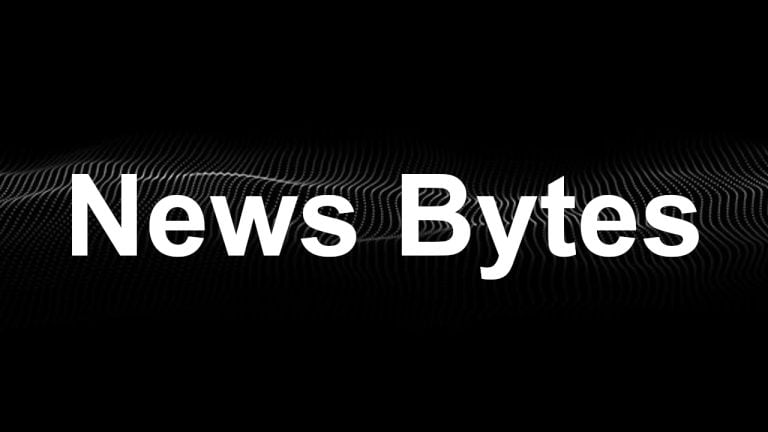



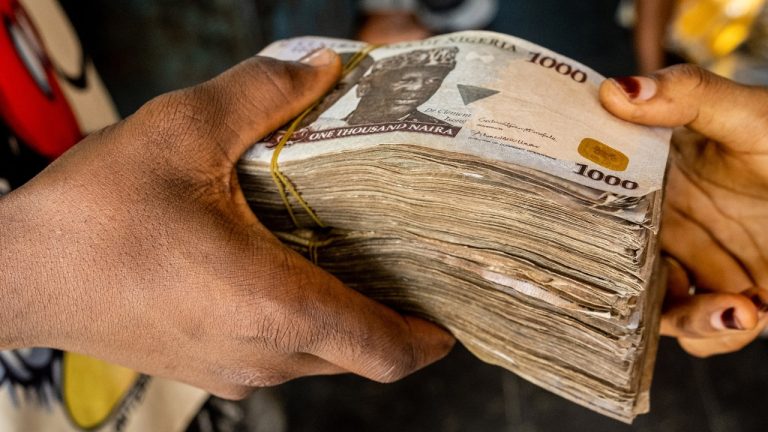
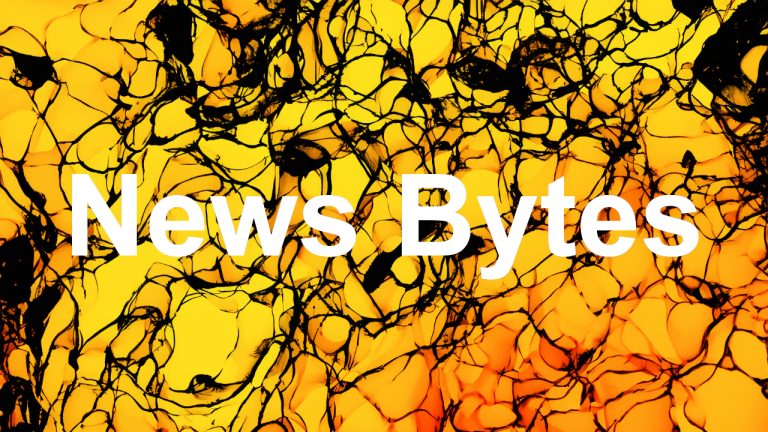

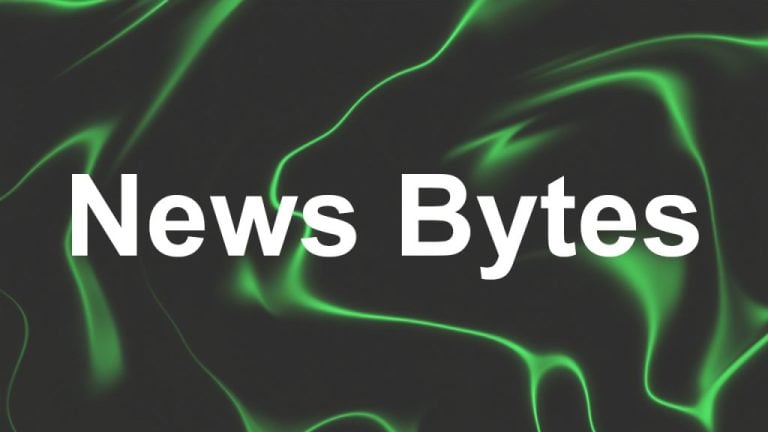
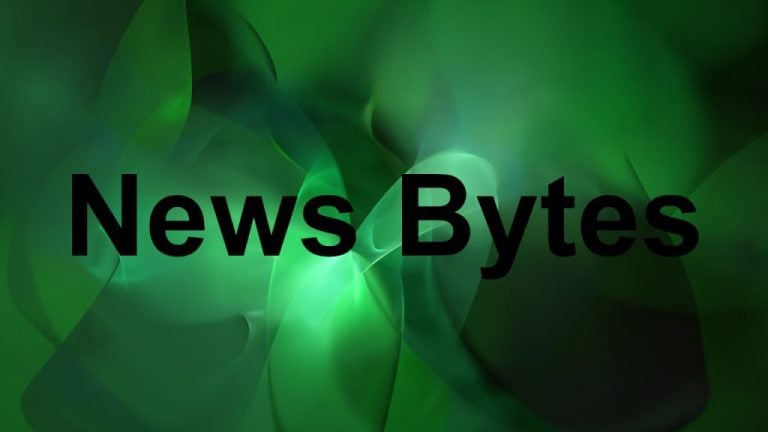

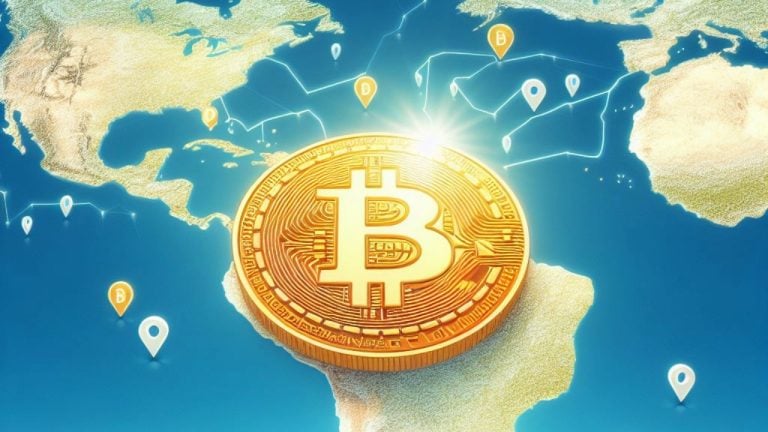
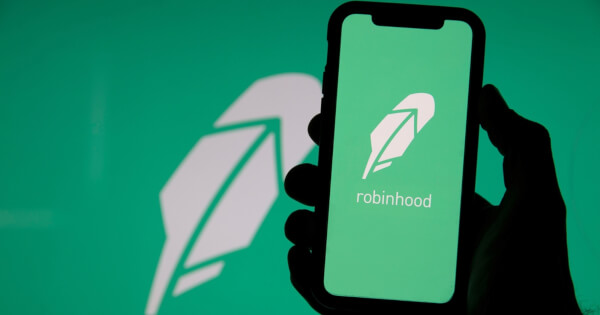

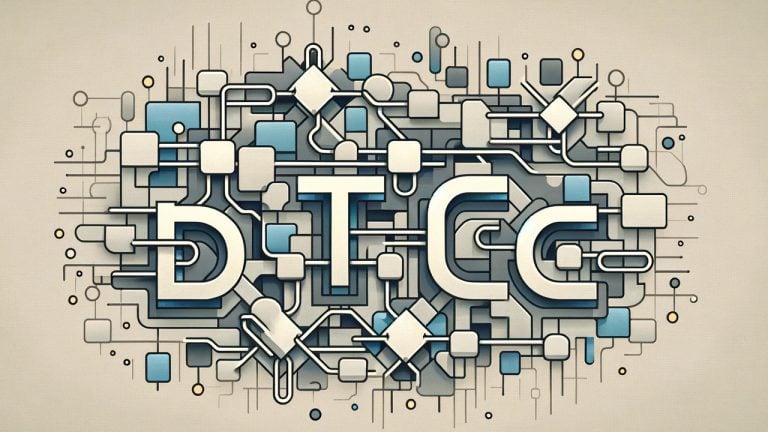
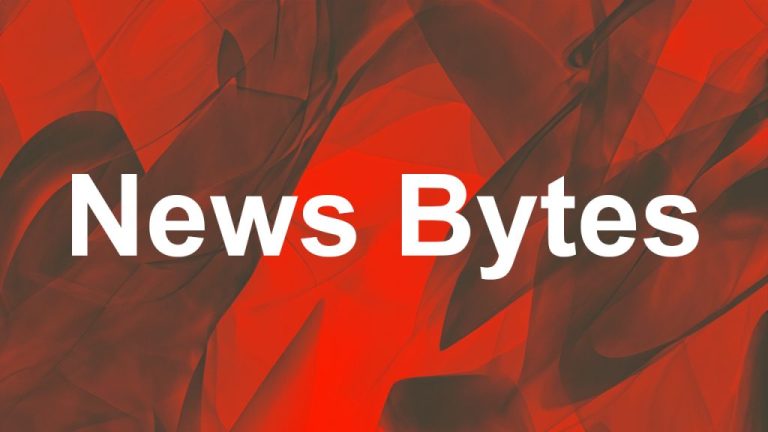

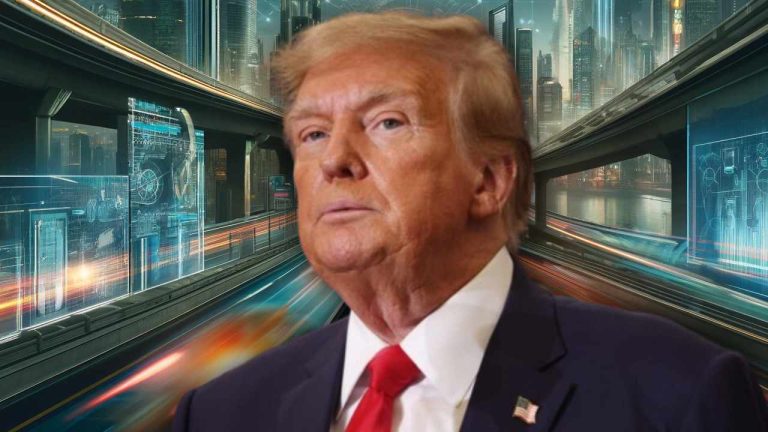

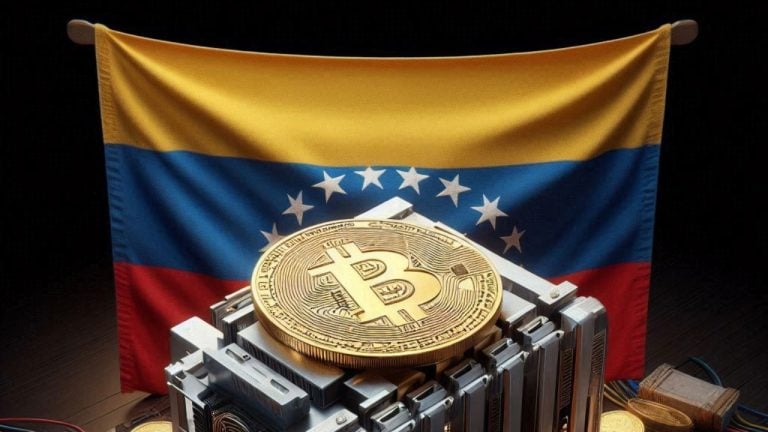
Comments